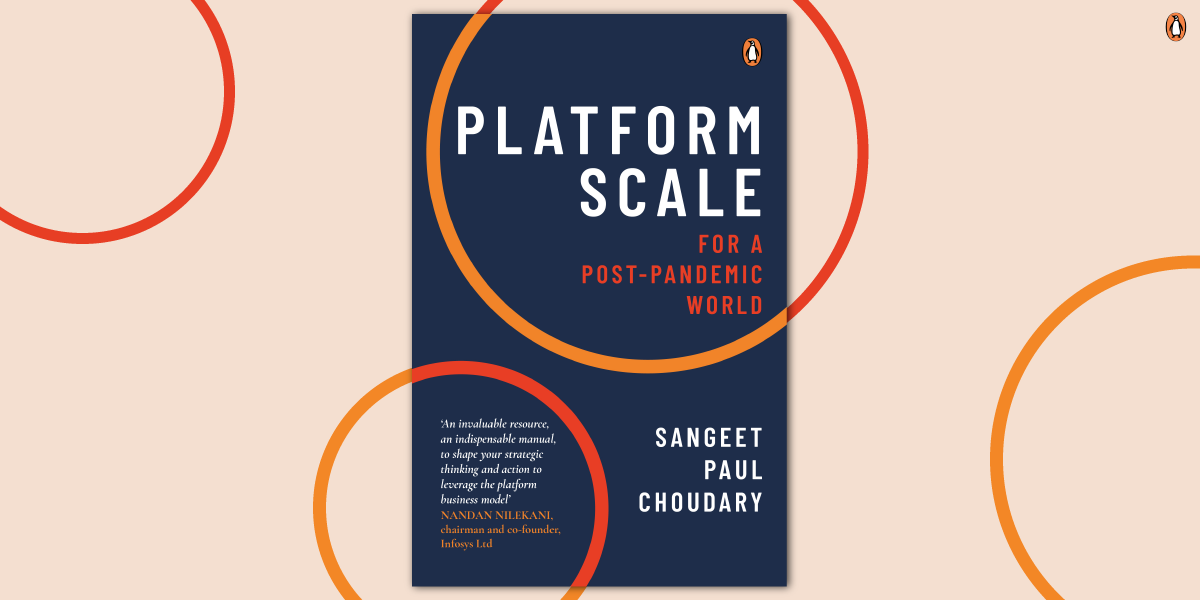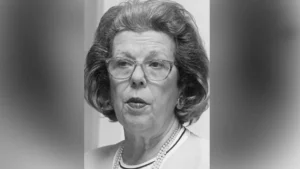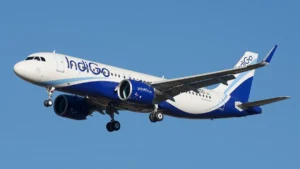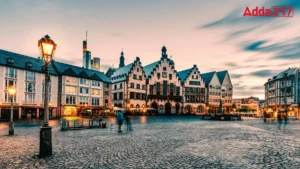
A Book titled ‘Platform Scale: For a Post-Pandemic World’ has been authored by Sangeet Paul Choudhary. It is published by Penguin Random House India. It explains the importance of inner workings of platform business models and their ability to scale rapidly. The 1st edition of Platform Scale was published in 2015.
WARRIOR 5.0 Batch for SBI, RRB, RBI and IBPS Exams Banking Awareness Online Coaching | Bilingual
About the book:
The book tells how the decade leading up to the COVID-19 pandemic witnessed the rise of platform business models as they drove stock market gains and extended their influence across the economic and political activity.
Find More Books and Authors Here




 Simone Tata: The Visionary Behind Lakmé ...
Simone Tata: The Visionary Behind Lakmé ...
 When was IndiGo Airlines Founded and Who...
When was IndiGo Airlines Founded and Who...
 Which Country is Known as Deutschland?
Which Country is Known as Deutschland?







